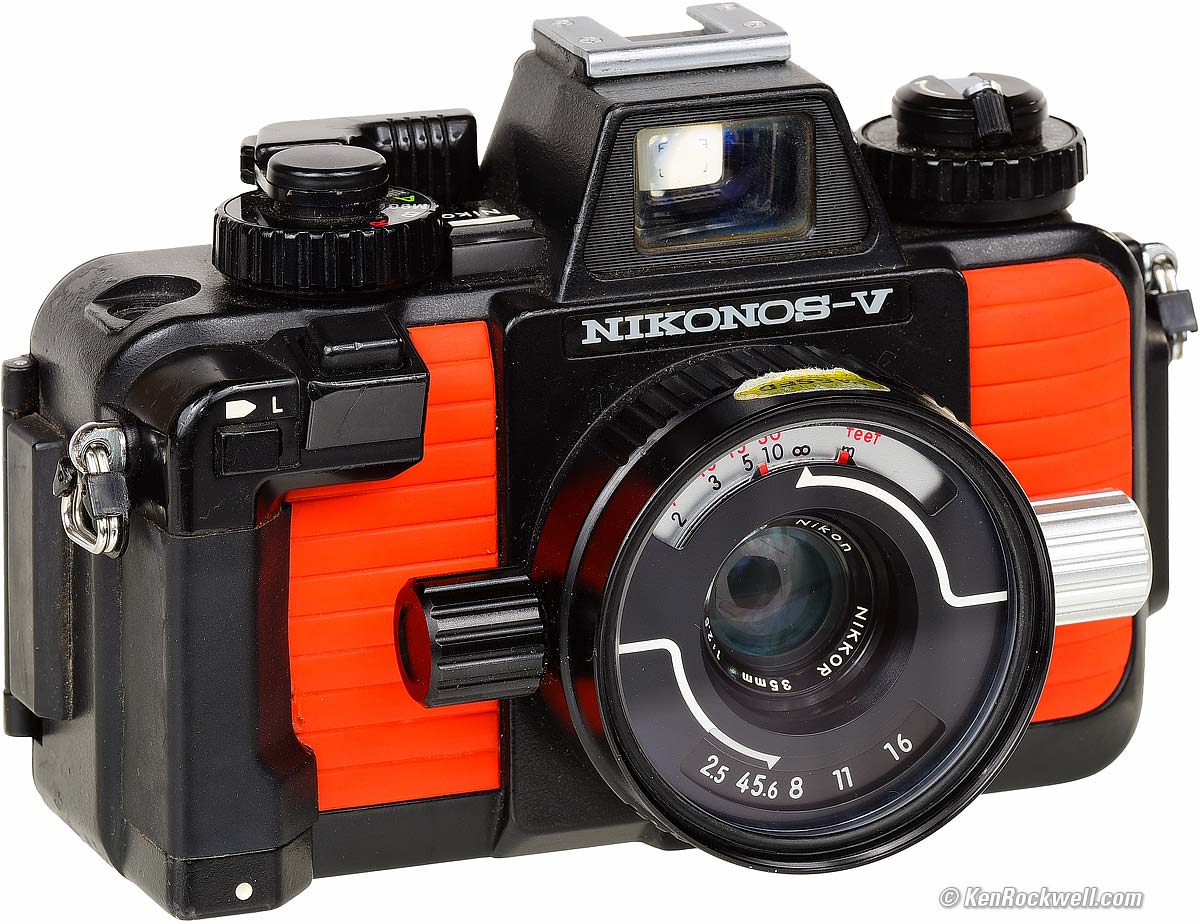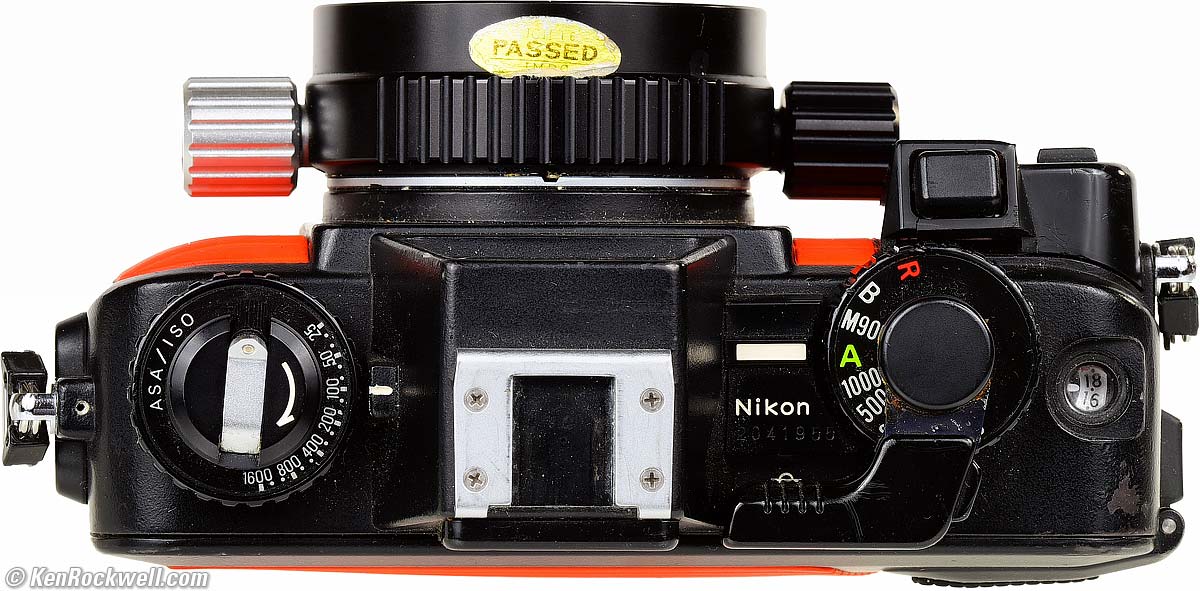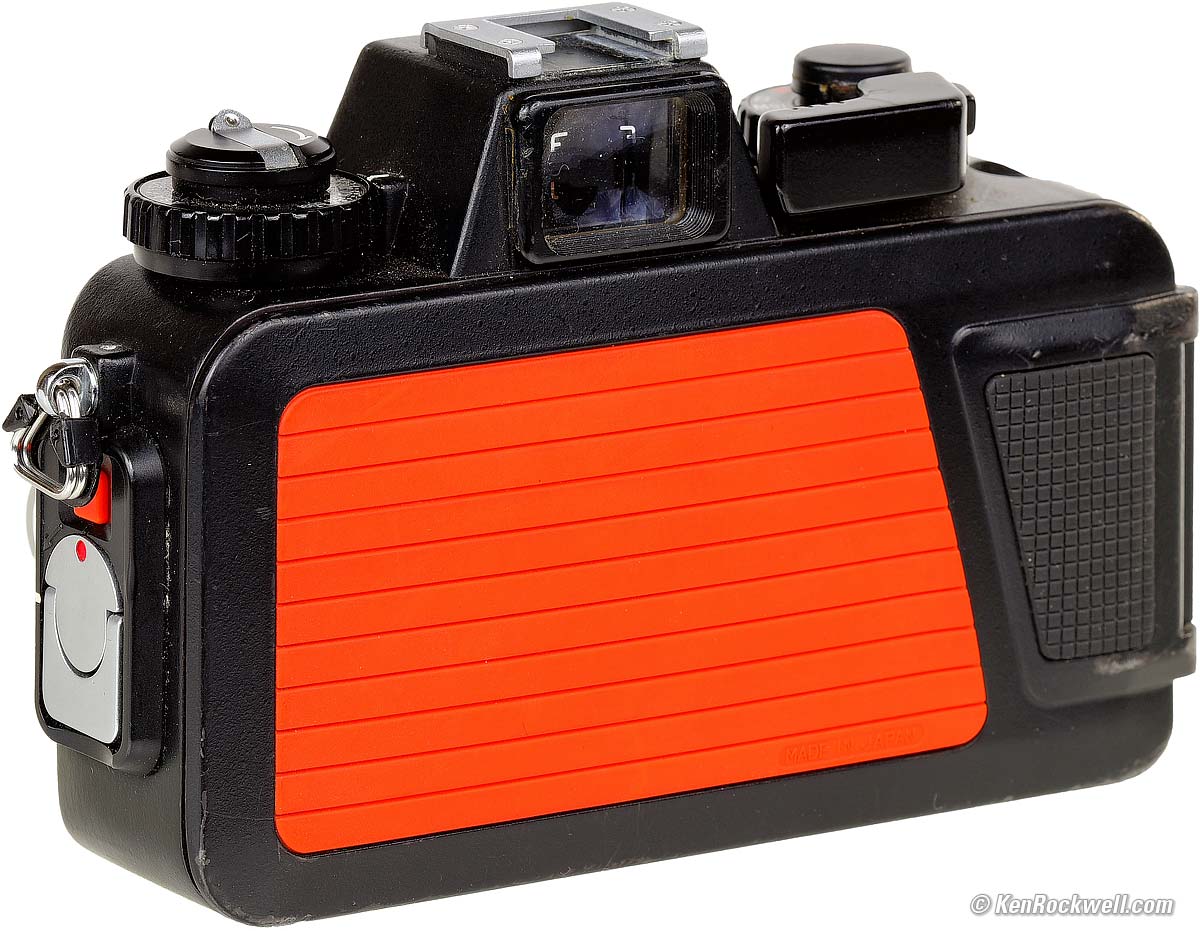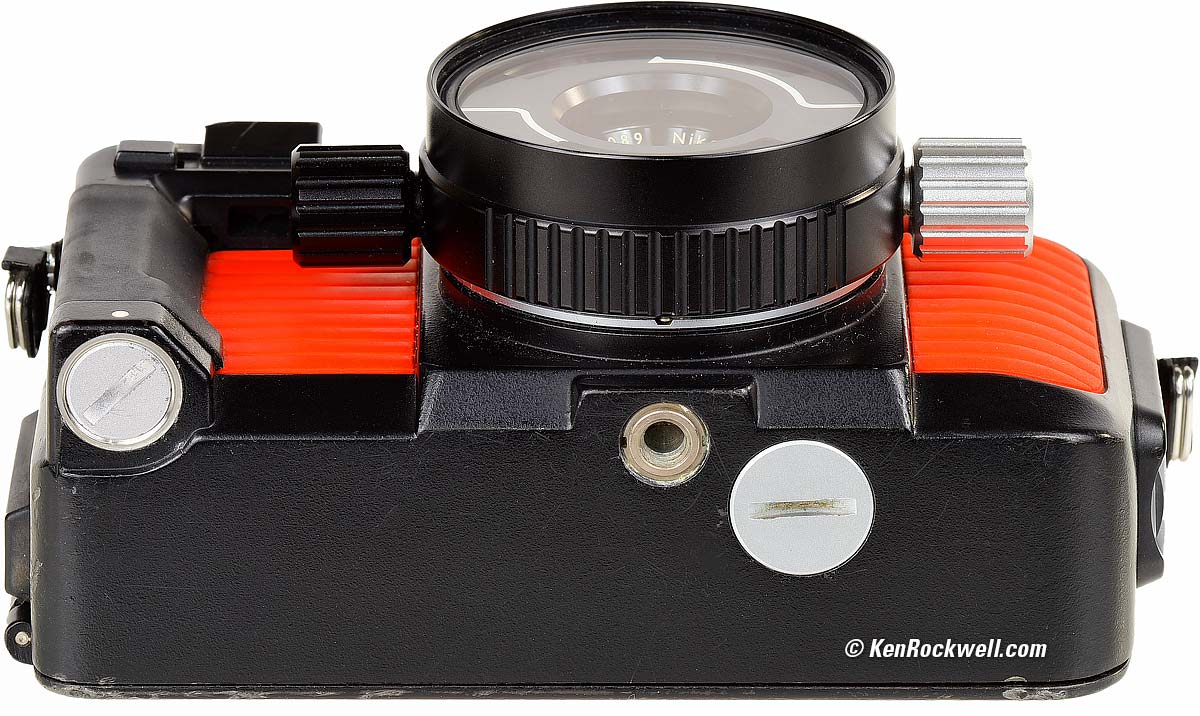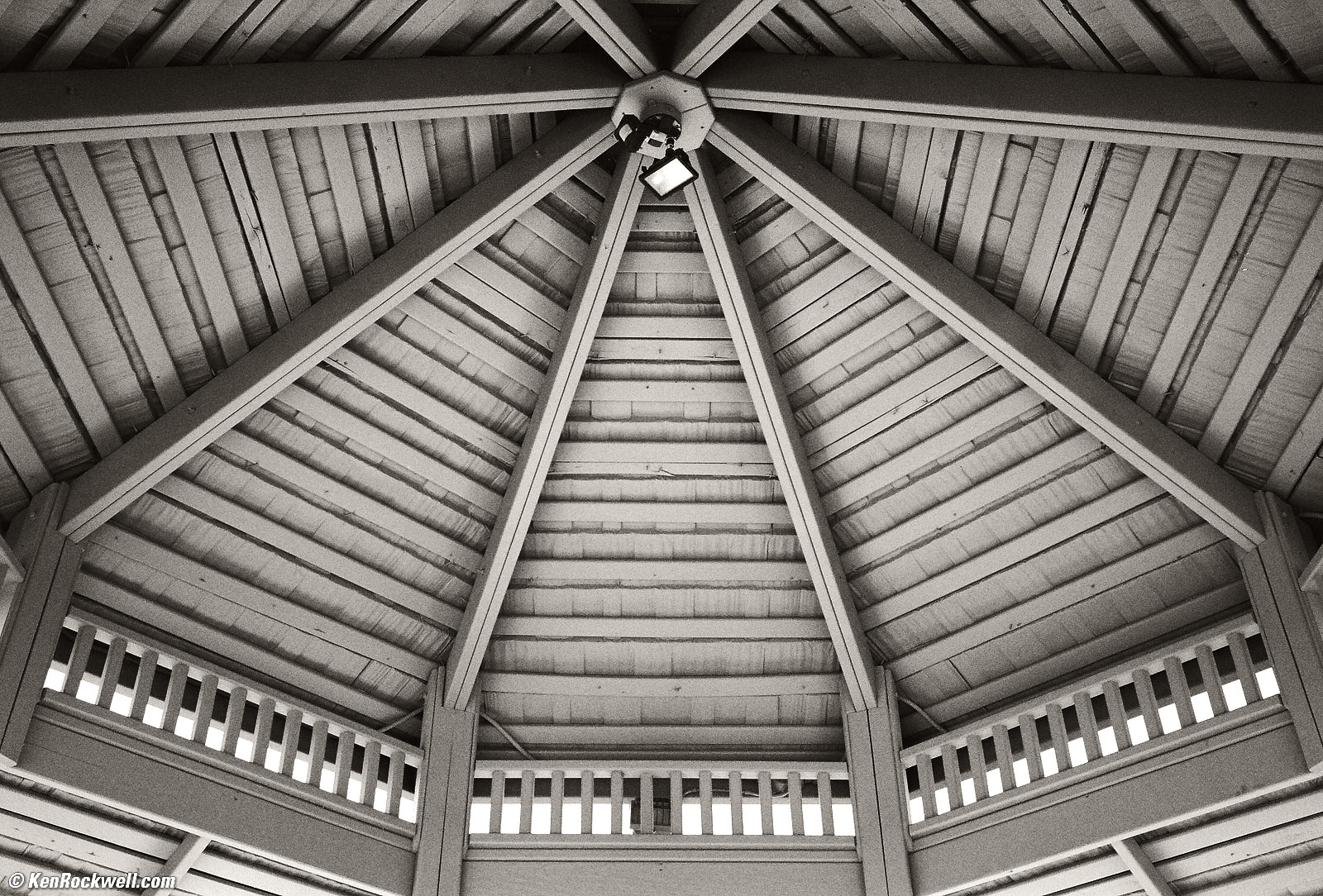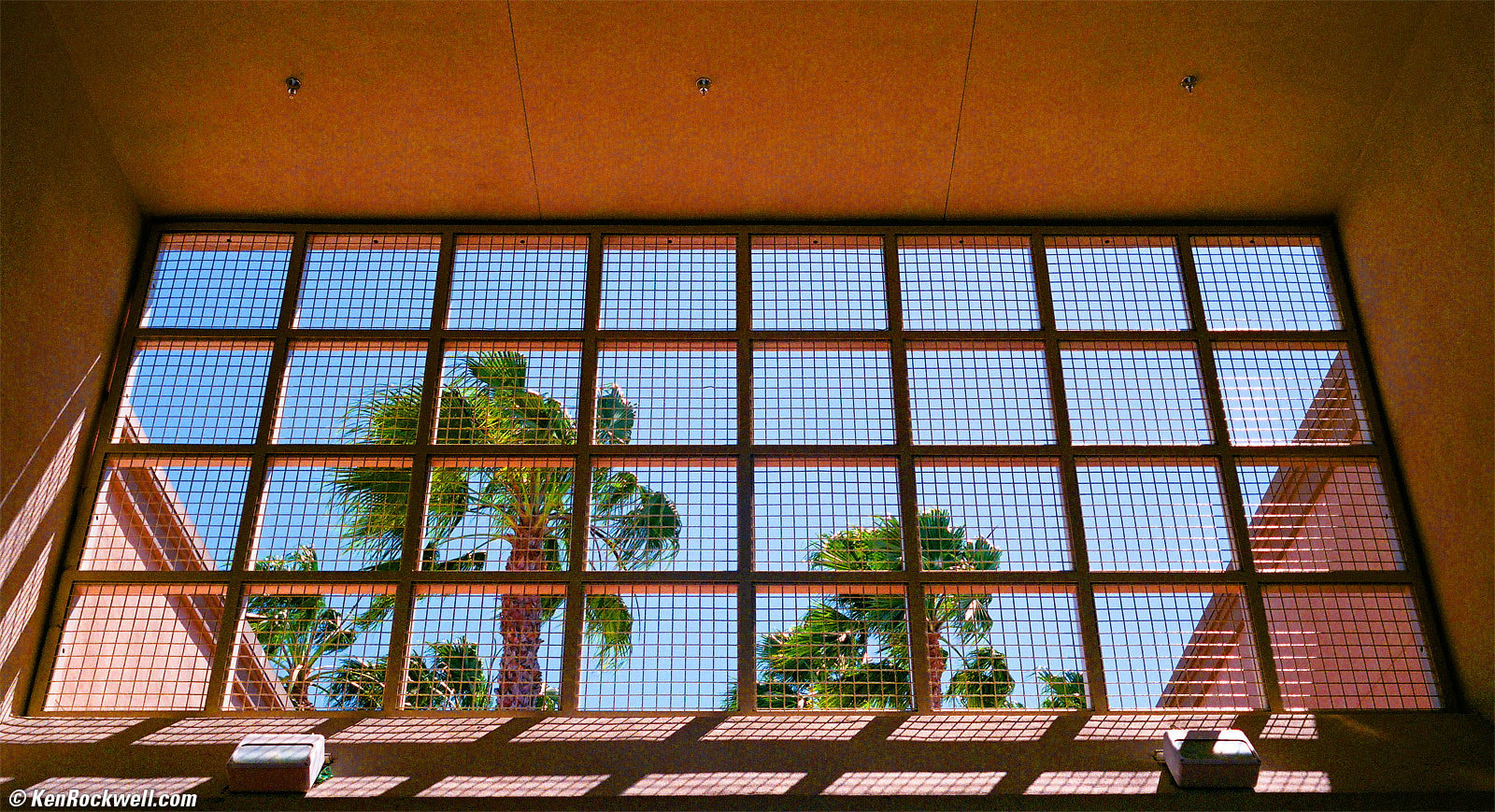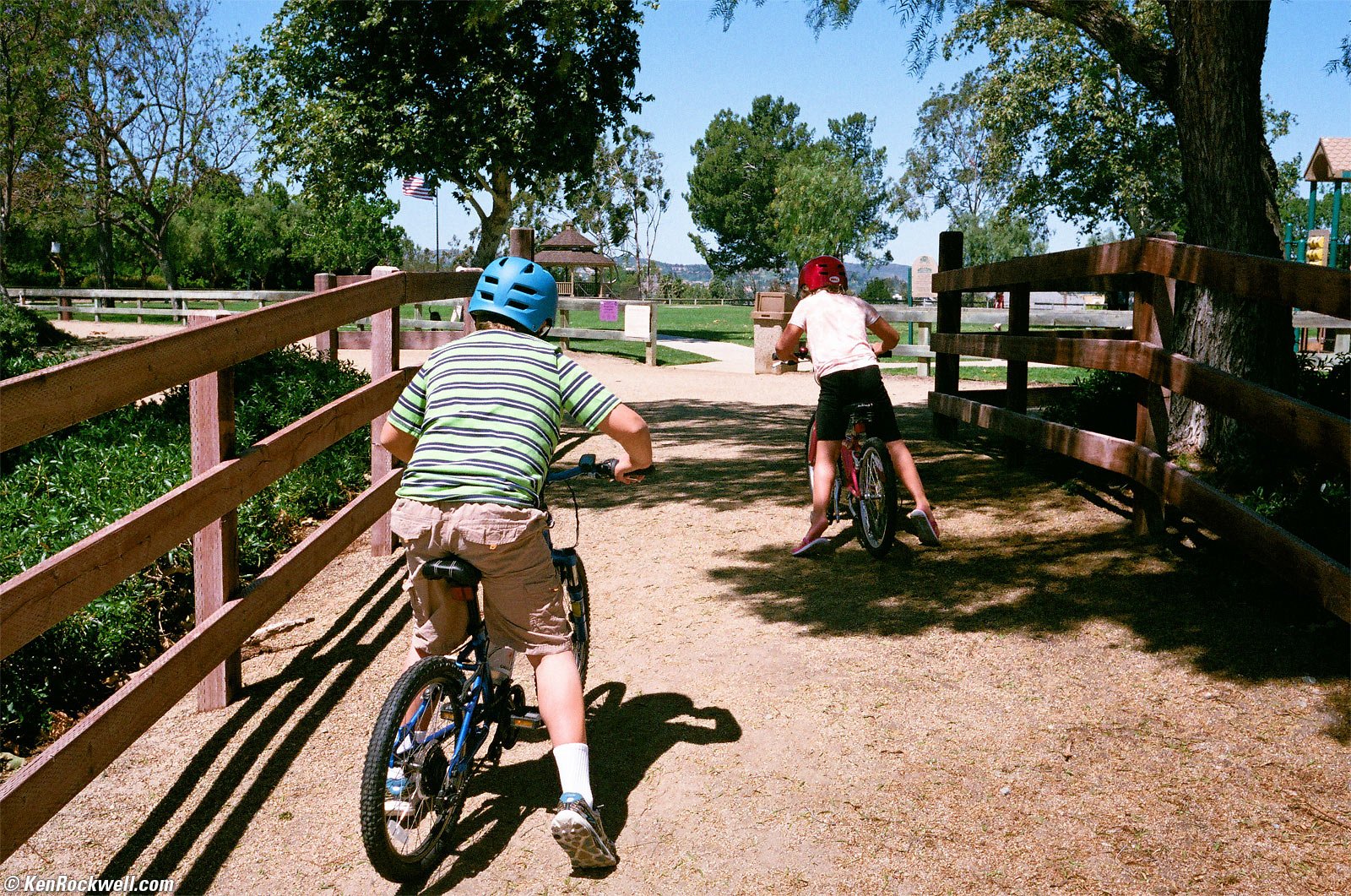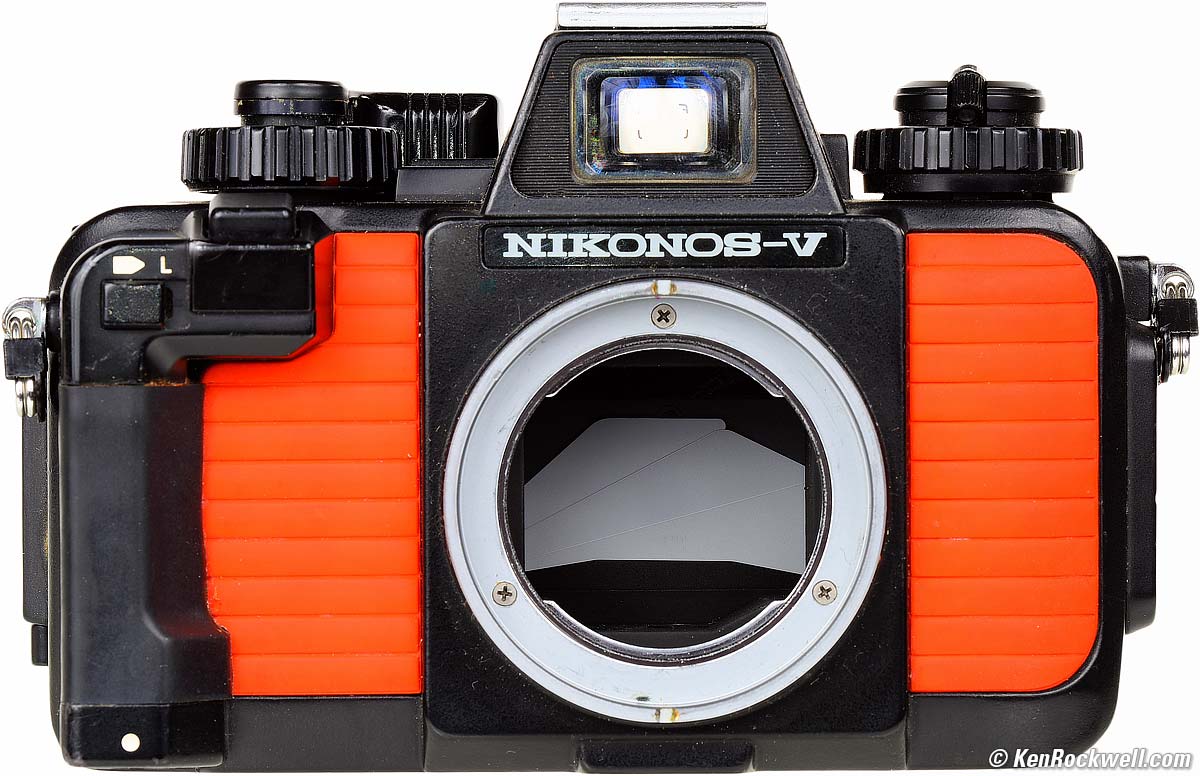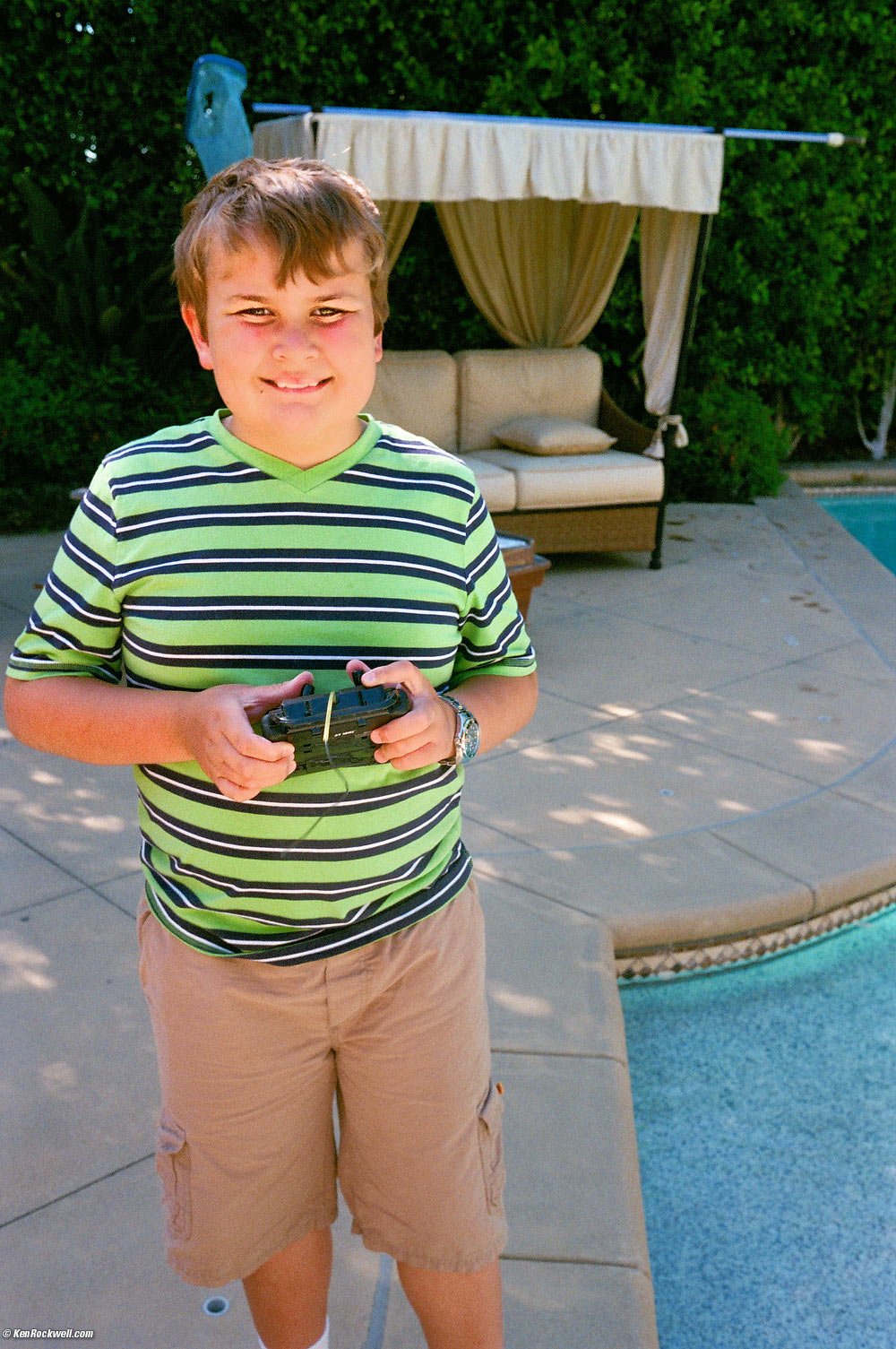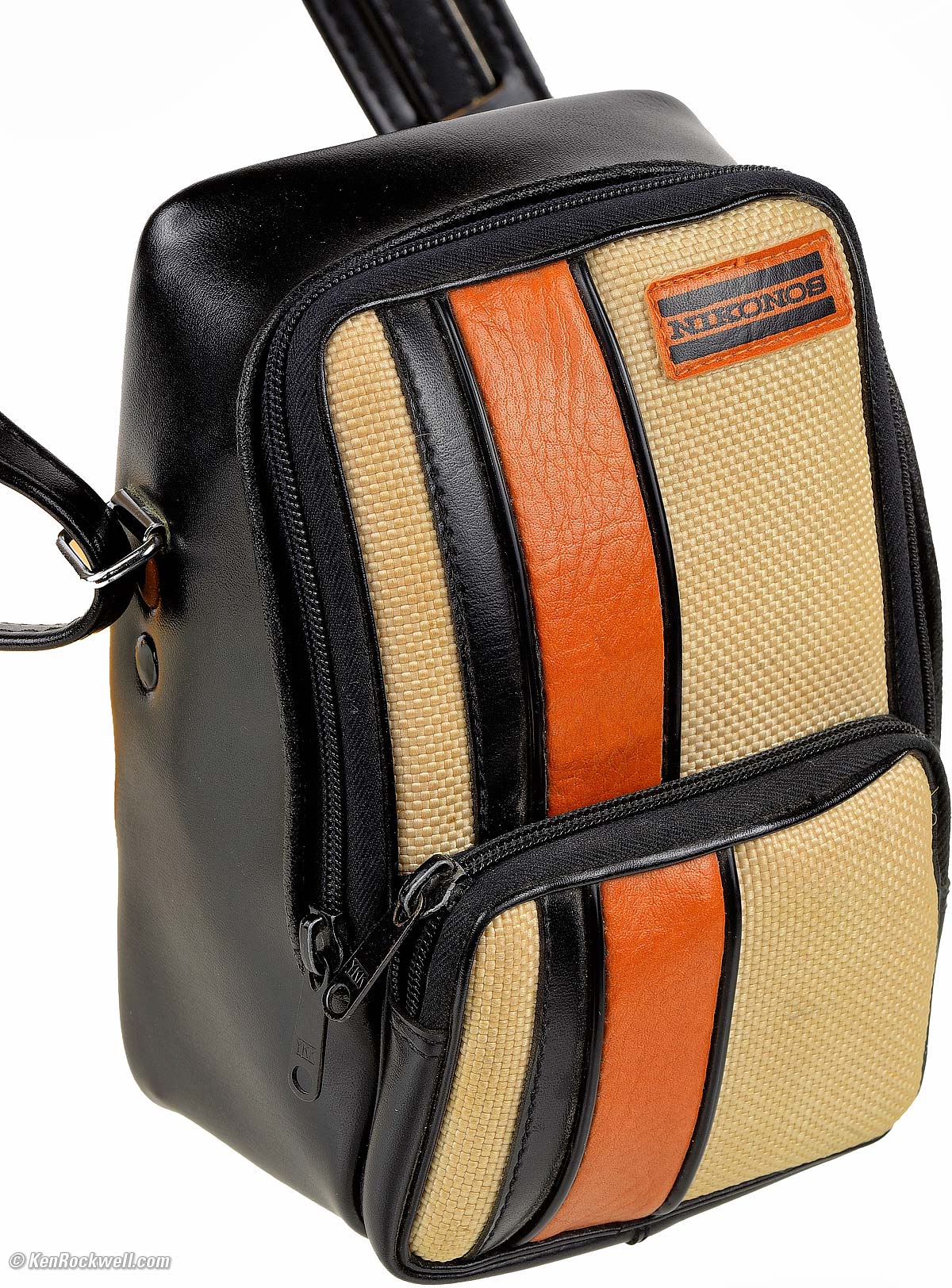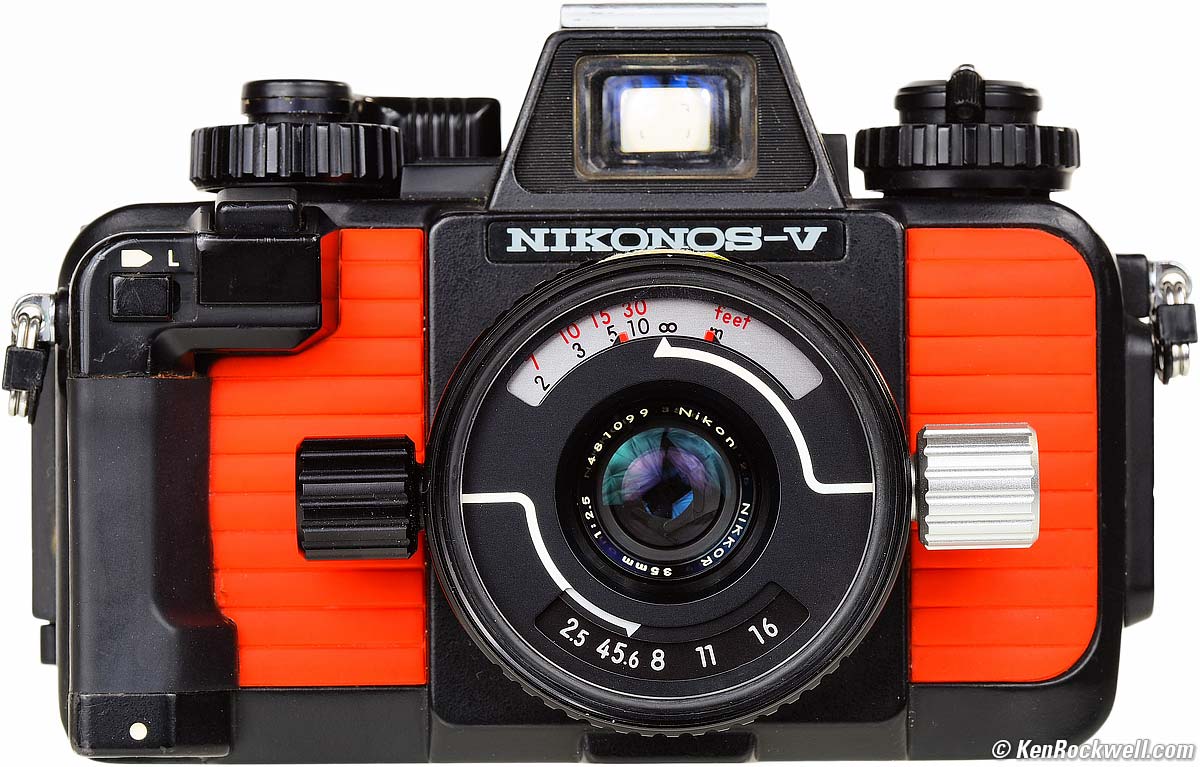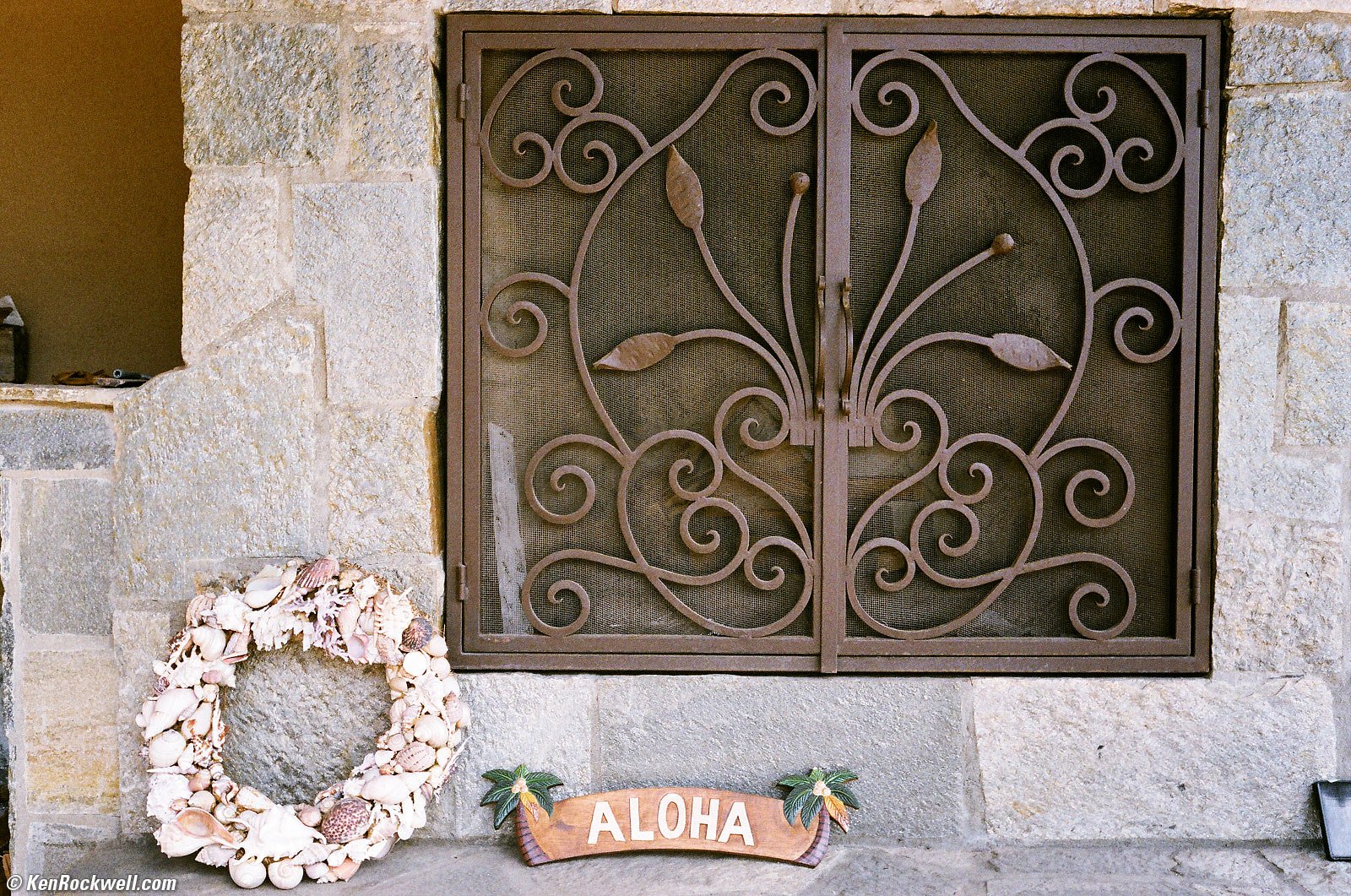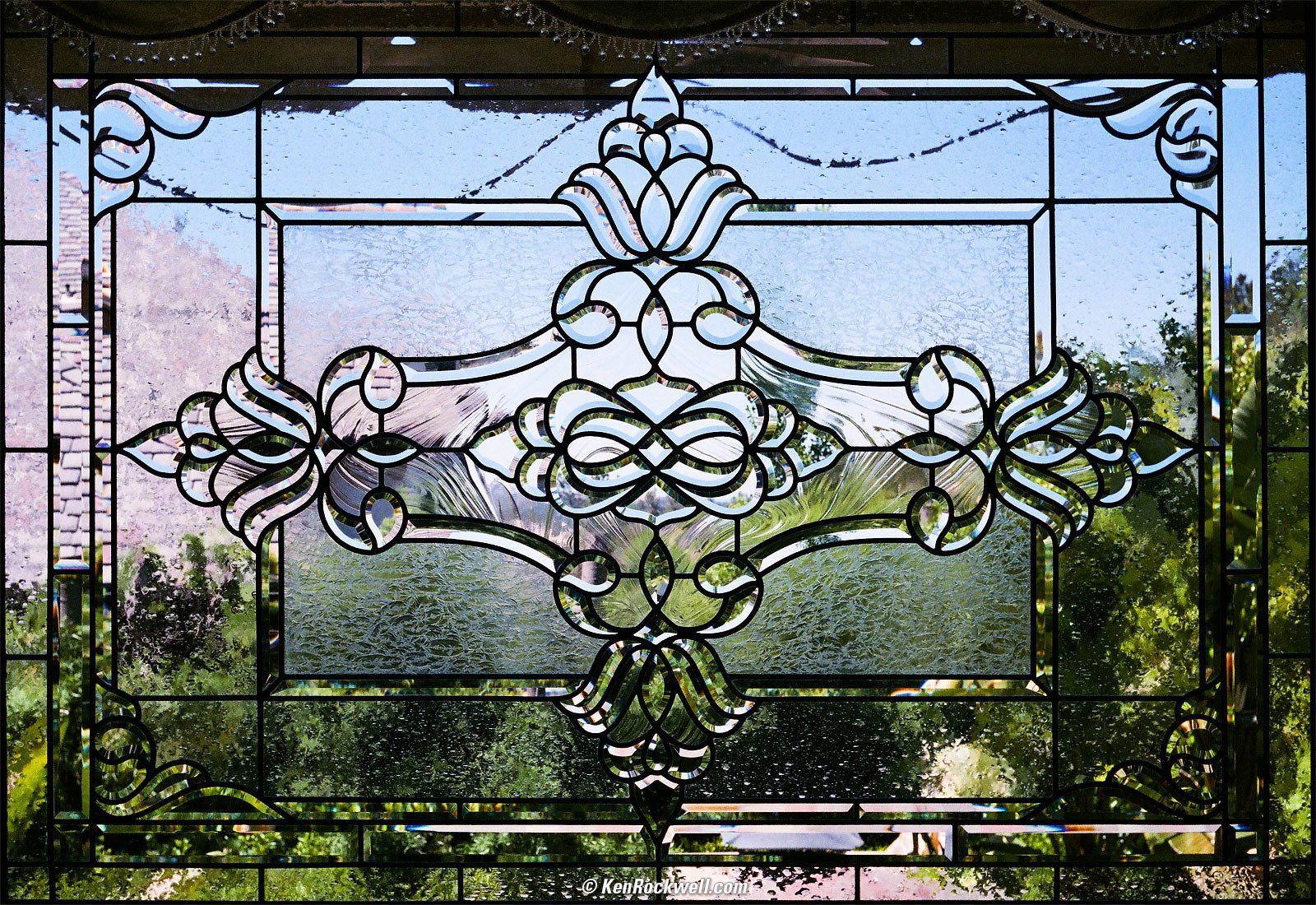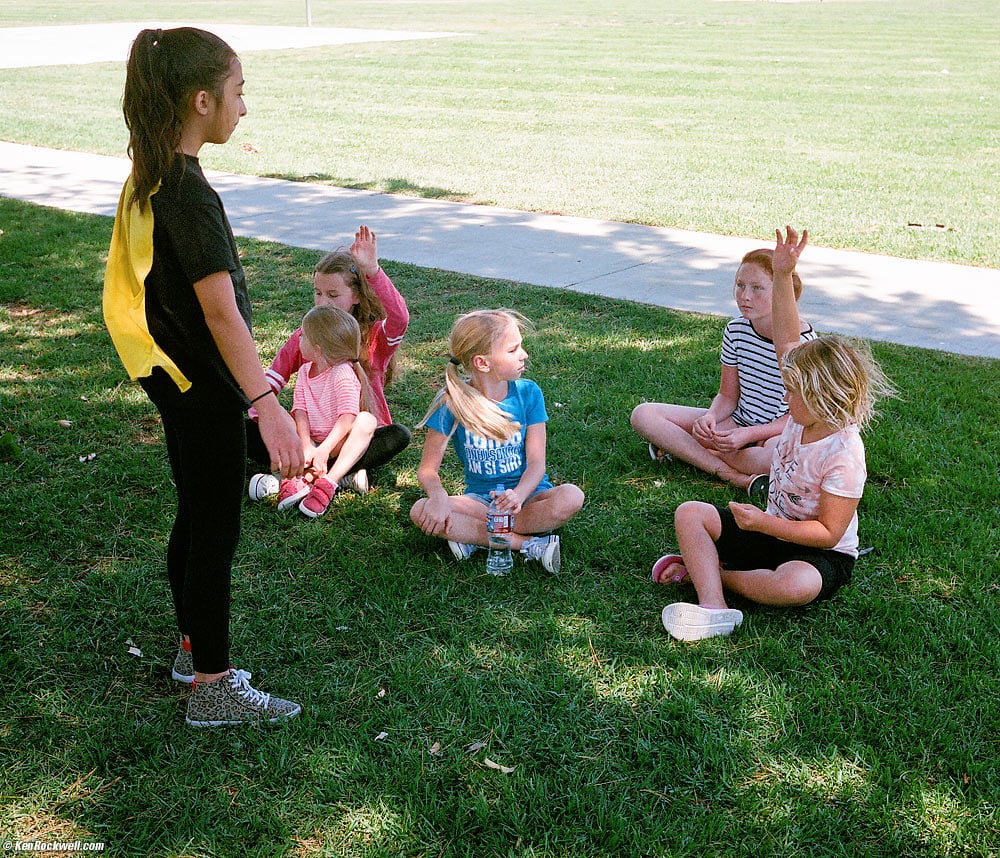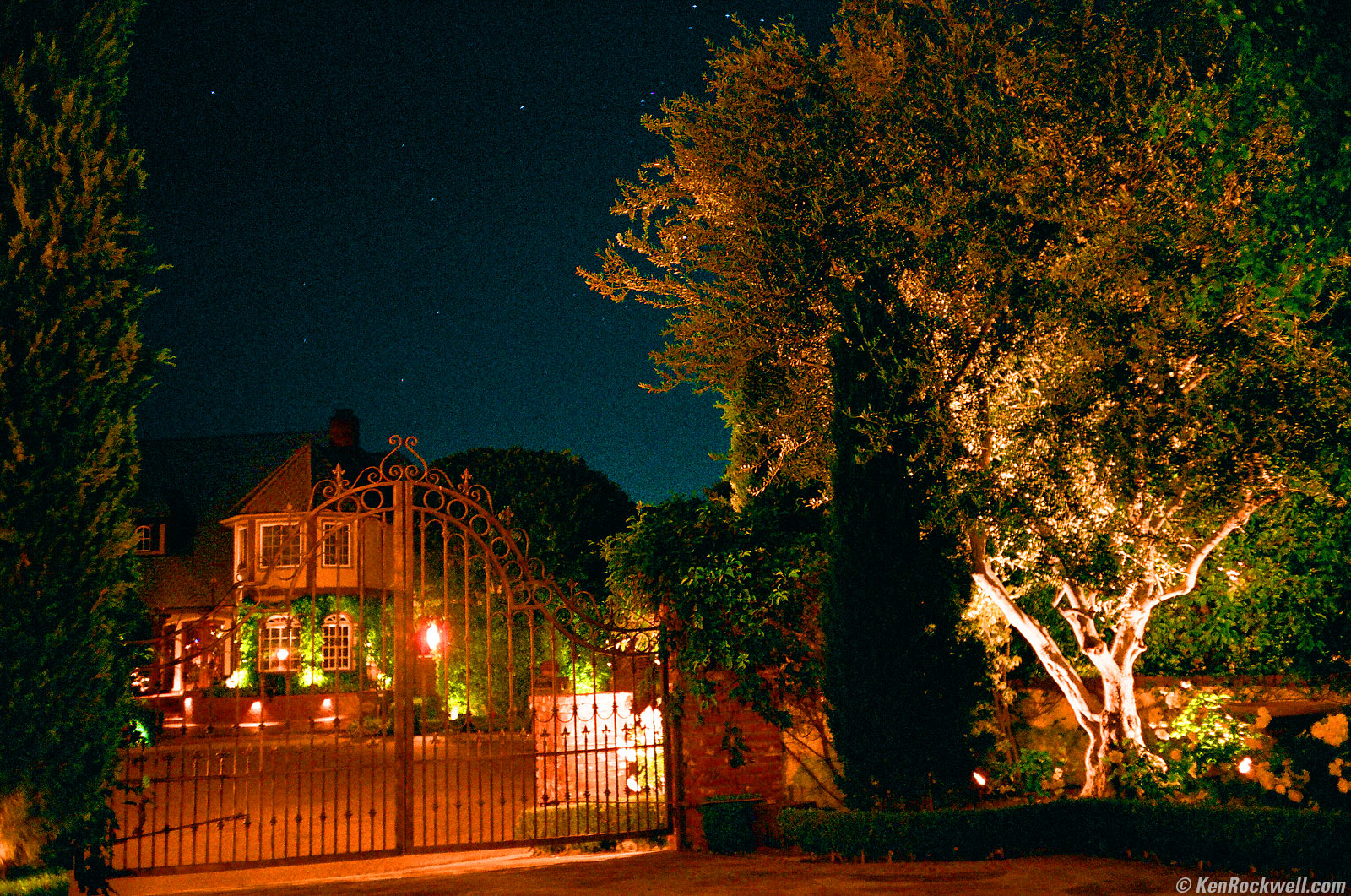Nikonos V
50m Underwater Camera (1984-2001)
Sample Images Introduction Compatibility
Specs Performance Usage Recommendations More
Nikonos V (shoots 35mm film, uses two A76 cells, 31.6 oz./896g with lens, battery and film, about $175 used complete with 35mm f/2.5 lens as shown. enlarge. I'd get it at this link directly to them at eBay (see How to Win at eBay).
This all-content, junk-free website's biggest source of support is when you use those or any of these links to approved sources when you get anything, regardless of the country in which you live. Buy only from the approved sources I use myself for the best prices, service, return policies and selection. Thanks for helping me help you! Ken.
April 2016 Nikon Reviews Underwater Cameras All Reviews
NEW: Underwater Cameras Compared.
Nikonos V and 35mm f/2.5. enlarge.
Nikonos V. enlarge.
Bottom, Nikonos V and 35mm f2.5. enlarge.
Sample Images
Top Sample Images Introduction Compatibility
Specs Performance Usage Recommendations More
Inside a Gazebo, 16 April 2016. Nikonos-V, Fuji Superia X-TRA 400, Nikkor LW 35mm f/2.5, North Coast process & scan, split-tone print. bigger.
Palms as Seen Through a Fence, 16 April 2016. Nikonos-V, Fuji Superia X-TRA 400, Nikkor LW 35mm f/2.5, North Coast process & scan. bigger.
Ryan and Katie on their bikes at the park, 16 April 2016. Nikonos-V, Fuji Superia X-TRA 400, Nikkor LW 35mm f/2.5, A mode, North Coast process & scan. bigger.
Introduction
Top Sample Images Introduction Compatibility
Specs Performance Usage Recommendations More
The Nikonos V is a viewfinder camera with through-the-lens auto exposure both for ambient light as well as flash.
The Nikonos V is an underwater camera for SCUBA, snorkeling, paddle-out surfing, swimming, firefighting, smoke, and any other wet or hazardous environment.
It's ultra-tough, made out of a brick of solid alloy. Today it's popular for use in every kind of severe environment like hurricanes, hailstorms, explosive or poisonous atmospheres, skiing, sailing, riots, blowing sand, dusty tombs and any other dirty, nasty or otherwise difficult location.
It doesn't care what you throw at; it's impervious to everything. You have to pick it up to appreciate how tough it is; this is a purpose-built camera that can withstand anything.
It's easy to carry and shoot, and shoots well. It has big, simple controls and is easy to shoot while wearing gloves. It has standard strap lugs and carries like any other camera.
If you're expecting trouble, this is the camera to bring. Anything that comes your way is more likely to kill you than kill this camera. From desert sandstorms to rainforest downpours, this is the toughest Nikon ever. It's far tougher than anything from LEICA, and at least as quiet.
It's nearly silent, having no SLR mirror and damped by its thick metal housing.
New
This Nikonos V has the TTL AUTO exposure control of the previous Nikonos IV-A, and adds TTL flash exposure control, in-finder shutter speed LEDs and manual shutter speeds and metering. It also for the first time comes in orange or dark green.
TTL flash control is huge; it's how you shoot just about everything underwater.
Its manual speeds aren't needed per se, but are used in place of auto exposure lock or exposure compensation under difficult lighting conditions. It's easier to move the one big mode dial than it would be to fiddle with another AEL or compensation control.
For everything else, having the shutter speed shown in the finder for both manual and AUTO exposure control is a huge benefit over the older cameras.
These differences are why this Nikonos V sells for over three times as much as the Nikonos IV-A does in 2016.
History and Models
Dates |
Light |
Battery |
Manual Shutter speeds |
Manual metering |
Auto Exposure |
Shutter speeds in finder |
TTL Flash |
Focus |
Body Color |
|
Nikonos (Calypso) |
1963 - 1968 |
no |
none |
Yes |
no |
no |
no |
no |
scale |
Black |
Nikonos II |
1968 - 1975 |
no |
none |
Yes |
no |
no |
no |
no |
scale |
Black |
Nikonos III |
1975 - 1980 |
no |
none |
Yes |
no |
no |
no |
no |
scale |
Black |
1980 - 1983 |
YES |
2 x A76 |
M 90 and Bulb, only |
no |
YES |
no |
no |
scale |
Black |
|
1984 - 2001 |
YES |
2 x A76 |
1,000, 500, 250, 125, M90, 60, 30 & Bulb |
YES |
YES |
YES |
YES |
scale |
ORANGE or GREEN |
|
Nikonos RS (SLR) |
1992 - 2001 |
YES |
yes |
YES |
SLR |
The Nikonos (Calypso), Nikonos-II and Nikonos-III looked like traditional black rangefinder cameras and had slightly trapezoidal bodies. Their finders didn't pop out above the body as they do on the Nikonos IV-A and Nikonos V.
The -A of the Nikonos IV-A signifies new automatic exposure, and the large finder extends above the top plate of the camera.
The Nikonos V added TTL flash, orange or green outside rubber and shutter speeds indicated in the finder.
Lenses are interchangeable among the Nikonos, Nikonos II, Nikonos III, Nikonos IV-A and Nikonos V.
Nikon's only underwater SLR was the Nikonos RS of 1992 - 2001, which uses different lenses.
Compatibility
Top Sample Images Introduction Compatibility
Specs Performance Usage Recommendations More
Lenses
Nikonos V. enlarge.
The Nikonos use a special sealed underwater bayonet mount.
The camera has a 35mm finder on top. For other lenses, you use shoe-mounted finders.
These lenses fit the traditional scale-focus Nikonos and original Calypso cameras. The Nikonos RS SLR takes a completely different set of lenses not covered here.
Name |
Use on land |
Use underwater |
Elements |
Groups |
Close Focus |
Filter |
Weight |
Notes |
| UW-Nikkor 15mm f/2.8N | no |
Yes, 94º |
12* |
9* |
1'/0.3m |
87mm x 0.75mm |
665g |
Diver's dream lens: wider means closer, which means better pictures in real-world water — but was very expensive. |
| UW-Nikkor 20mm f/2.8 | no |
Yes, 78º |
9 |
7 |
1.3'/0.4m |
67mm x 0.75mm |
350g |
Common dive lens, lets you get closer. |
| UW-Nikkor 28mm f/3.5 | no |
Yes, 59º |
6 |
5 |
2'/0.6m |
58mm x 0.75mm |
175g |
Who cares? Almost the same as 35mm. |
| LW-Nikkor 28mm f/2.8 | Yes |
no |
5 |
5 |
1.5'/0.5m |
52mm x 0.75mm |
240g |
Sealed against splashing but not for underwater. Almost the same view as 35mm, but poorer optical quality. This was a bad idea, so very few people bought these: the standard 35/2.5 is a much better and tougher lens. |
| W-Nikkor 35mm f/2.5 | Yes, 62º |
Yes, 43.5º |
6** |
4** |
2.6'/0.8m |
58mm x 0.75mm |
160g |
Standard lens; best for general use above and below water. |
| Nikkor 80mm f/4 | Yes, 30.3º |
Yes, 22.75º |
4** |
4** |
3.5'/1m |
58mm x 0.75mm |
275g |
It's difficult to focus an 80mm lens by scale. The best use of the 80mm is with the Nikonos close-up rig which has a built-in close-up lens and focus frame. |
* including a curved front cover element.
** Nikon counts the front flat cover glass as one more element and group than I list here. They're lying and list 7/5 and 5/5 for the 35mm and 80mm lenses.
Flash
The Nikonos series use special underwater flashes that use special waterproof sync connectors.
These flashes are the SB-101, SB-102, SB-103 and SB-105, and many brackets and other accessories There was even a Nikonos flashgun for flashbulbs back in the 1960s.
Ryan by the pool with the remote control transmitter for his boat, 16 April 2016. Nikonos-V, Fuji Superia X-TRA 400, Nikkor LW 35mm f/2.5, A mode, North Coast process & scan. bigger.
Specifications
Top Sample Images Introduction Compatibility
Specs Performance Usage Recommendations More
Body
Die-cast aluminum alloy.
Big grease-sealed O-rings.
Depth
50 meters (160 feet).
Pressure
85 PSI or 6 kg/cm2
Sensor
Standard 35mm film.
Image Size
24 x 36mm
Focus
Manual, by scale only.
Finder
Reverse Galilean Albada finder for 35mm lens (only).
Parallax marks.
85% coverage at infinity.
0.55x magnification.
40mm eyepoint.
0.9 diopters.
Other lenses require other slip-in finders.
Light Meter
SPD silicon photo diode.
ASA/ISO 25 ~ 1,600.
Rated LV 8 ~ 19 with f/2.8 lens; actually works to much lower light levels.
Turns on with a tap and stays on 16 seconds.
AUTOMATIC TTL exposure control, or blinking/steady LED shutter speeds for manual metering.
Flash Metering
Second SPD for TTL control when used with SB-102, SB-103 or SB-105,
TTL metering from ASA 25 ~ 400. The finder bolt will blink if you set the ASA dial above 400.
Flash Sync
Special underwater connector on bottom of camera; no hot shoe.
1/90 sync speed.
Set manually or automatically when flash is active.
Shutter
Vertical metal focal plane.
Mechanical safety lock on front of camera.
No cocked indicator.
Mechanical speeds: 1/90 and Bulb.
Electronic quartz-timed manual speeds: 1/30, 1/60, 1/125, 1/250, 1/500 and 1/1,000.
AUTOMATIC TTL electronic speeds: Rated stepless 1/1,000 to 1/30; in actual use runs to many seconds or even minutes if needed.
Power
Two very common alkaline or silver S76, A76, LR44 or similar watch batteries, or a lithium CR1/3N.
Size
99 x 146 x 58 mm HWD; 74 mm deep with 35mm f/2.5 lens.
Weight
31.600 oz. (895.8g) with 35mm lens, battery and 36 exposure roll of Fuji Superia X-TRA 400, measured.
25.530 oz. (723.7g) body-only with battery and film, measured.
Rated 700 g for the body-only, stripped.
35mm f/2.5 lens only: 6.075 oz. (172.2 g), measured.
Case
Nikonos Case. enlarge.
This is the swank case for the Nikonos IV-A.
It also holds this Nikonos V with 35mm lens, as well as the instruction book and a few small accessories.
Quality
Made in Japan.
Announced
April 1984, priced at 73,000 yen.
Discontinued
October 2001.
Price, USA
About $175 used, with 35mm f/2.5 lens, in April 2016.
Performance
Top Sample Images Introduction Compatibility
Specs Performance Usage Recommendations More
Overall Loading & Winding Trigger Pull Noise Ergonomics
Finder Focus Sharpness Distortion Meter & Exposure
Nikonos V. enlarge.
Overall
The Nikonos V is a tough camera, and its pictures are always sharp and well exposed.
Loading & Winding
Camera Back
The catch is an interlocked flip lever that turns 90º
Film Advance
It has a smooth advance with a thumb lever that flips in and out for convenience. It flips forward to see the finder with a mask, and flips out for winding.
The advance is ratcheted; you can wind using one 144º stroke or several shorter strokes.
Frame Counter
The frame counter is easy to read. It's marked with even numbers, and 20, 24 and 36 are in red.
It stops at 36 even if your film is longer.
Film Economy
I get 38 frames on a roll of Fuji Superia X-TRA 400, but I shoot the frames before 1 in M90 mode with an external light meter.
Rewind Crank
The rewind crank doesn't spin; it only connects to the film fork when it's pulled out for loading or unloading.
The nubbin you hold while turning pivots properly.
Trigger Pull
The shutter releases smoothly, with no kinks in its travel.
It's a nice, long push.
Shutter Noise
The shutter and everything are nearly silent.
There is no flipping mirror, just shutter curtains.
The metal camera body is so thick and heavy that any sounds or vibrations are very effectively damped.
Ergonomics
It handles extremely well; it's a big, tough camera intended to be used with gloves.
The huge mode dial is a little stiffer than a dry land camera because of all the gaskets through which it's working.
Finder
The finder is big and simple.
The shutter speeds (30, 60, 125, 250, 500 and 1,000) are individually lit, but in backwards order along the bottom thusly:
1000 500 250 125 60 30
There are over/under arrows to the left and right, and a flash ready bolt.
The LEDs are visible in any light.
Focus
Focus is by scale.
You measure or guess the distance, set it on the scale, and shoot.
I have no problem getting sharp shots wide-open at f/2.5:
Ryan hiding his neck at Thai Bite, 16 April 2016. Nikonos-V, Fuji Superia X-TRA 400, Nikkor LW 35mm f/2.5 at f/2.5, A mode, North Coast process & scan. bigger.
Sharpness
Nikon's 35mm f/2.5 lens is ultra sharp. It's a full 6-element double-Gauss design and only f/2.5, so if you have it in focus and everything holds still, good times.
You can see every wire in the fireplace door:
Tropical Fireplace, 15 April 2016. Nikonos-V, Fuji Superia X-TRA 400, Nikkor LW 35mm f/2.5, North Coast process & scan. bigger.
Distortion
The 35mm f/2.5 lens uses a symmetrical design that has no visible distortion, which is excellent:
Leaded Glass Window, 16 April 2016. Nikonos-V, Fuji Superia X-TRA 400, Nikkor LW 35mm f/2.5, North Coast process & scan. bigger.
Meter & Exposure
The meter reads off the shutter curtains an instant before the shutter releases.
The meter is strongly lower center weighted, which is perfect for just about all shots, especially shots like this with bright backgrounds:
Katie at the park, 16 April 2016. Nikonos-V, Fuji Superia X-TRA 400, Nikkor LW 35mm f/2.5, A mode, North Coast process & scan. bigger.
Exposures are uniform and accurate as expected.
I suspect the TTL flash reads directly off the film during exposure, while the ambient exposure is measured the instant before the shutter opens.
There is no exposure lock.
While only rated to 1/30 second, it cheerfully makes time exposures in AUTO mode:
Cluj, Romania, at Night, 16 April 2016. Nikonos-V, Fuji Superia X-TRA 400, Nikkor LW 35mm f/2.5, 4 seconds at f/2.5 in A mode, North Coast process & scan. bigger.
Maximum exposure times will vary with temperature and other factors. I measure about 36 seconds maximum at ASA 100, 7 to 40 seconds maximum at ASA 400 and 17 seconds maximum at ASA 1,600.
Power
The two little A76 cells last years.
There is no power switch; it's all automatic.
If the finder LEDs light, you're good. That's it!
Usage
Top Sample Images Introduction Compatibility
Specs Performance Usage Recommendations More
Loading & Preparation
Nikonos V. enlarge.
See the loading and waterproofing instructions at Nikonos User's Manuals.
In general, you need to keep the O-rings in perfect condition, clean and lubricated to use the camera underwater without flooding.
Be sure you have two A76 cells loaded under the larger cap on the bottom.
The flash sync connector is under the little cap on the bottom of the camera.
The rewind crank is disconnected from the film fork when it's pushed down. Pull it up to engage it. If it won't come up, rotate it as you pull it.
To load, open the back, flip open the film gate and draw the leader across. Close the gate cover and wind forward. Pull up the rewind crank to engage it to confirm film advance. Push down the crank when you're done loading and confirming that your film is advancing.
To rewind, set the mode dial to R and lift up the crank.
If you actually have a lens cap, leave it home. If you get the lens dirty, just wipe it off; you're not going to hurt this camera.
Lenses
Lenses are 90º bayonet mounts - but there is no lock! There is a click stop when they're home, but be careful: all you have to do to unmount them is to turn them. You can mount them either way, 180º upside-down if you like.
Shooting
You can leave it in the AUTO mode or electronic manual speeds when loading in the dark; it fires at 1/1,500 second with the back open and until you get to frame one. If you're cheap like me, I set my Nikonos V to M90 and use a manual light meter to shoot the frames before frame 1. Only the M90 and B settings work before frame one; otherwise the Nikonos' onboard computer fires at 1/1,500 for faster loading.
There is a shutter lock on the front, be sure to slide it left or right as needed.
The shutter lock is a safety; it doesn't work for time exposures.
There is no exposure lock. Use manual exposure mode or change the ASA dial if you need more or less exposure.
There is a tripod socket, but no remote release or self timer. The socket is for flash brackets, not tripods.
Night exposures are easy; use a tripod and squeeze the shutter release smoothly as you always do.
Recommendations
Top Sample Images Introduction Compatibility
Specs Performance Usage Recommendations More
The Nikonos series are Nikon's, and probably the world's, toughest cameras. They can go anywhere and take more pressure, humidity, chemical and other abuse than a human being.
I love the Nikonos V above the older models because it has a shutter speed display in the finder. The Nikonos IV-A has only a single red LED that blinks or not to tell you what's going on, and older models have no meters or automatic exposure.
If you need a camera much tougher than any DSLR or other camera, you've found it.
Where to Get Yours
I got my Nikonos at this link directly to them at eBay (see How to Win at eBay). This V body showed up as a gift from a stranger, while I had to buy the 35mm lens again after I gave my Nikonos IV-A away when someone asked for it (I also received my Nikonos IV-A as a gift, and passed it on in the same spirit in which I received it).
This all-content, junk-free website's biggest source of support is when you use that or any of these links to approved sources when you get anything, regardless of the country in which you live. Buy only from the approved sources I use myself for the best prices, service, return policies and selection.
Thanks for helping me help you!
Ken, Mrs. Rockwell, Ryan and Katie.
More Information
Top Sample Images Introduction Compatibility
Specs Performance Usage Recommendations More
© Ken Rockwell. All rights reserved. Tous droits réservés. Alle Rechte vorbehalten.
Help Me Help You
I support my growing family through this website, as crazy as it might seem.
The biggest help is when you use any of these links when you get anything. It costs you nothing, and is this site's, and thus my family's, biggest source of support. eBay is always a gamble, but all the other places always have the best prices and service, which is why I've used them since before this website existed. I recommend them all personally.
If you find this page as helpful as a book you might have had to buy or a workshop you may have had to take, feel free to help me continue helping everyone.
If you've gotten your gear through one of my links or helped otherwise, you're family. It's great people like you who allow me to keep adding to this site full-time. Thanks!
If you haven't helped yet, please do, and consider helping me with a gift of $5.00.
As this page is copyrighted and formally registered, it is unlawful to make copies, especially in the form of printouts for personal use. If you wish to make a printout for personal use, you are granted one-time permission only if you PayPal me $5.00 per printout or part thereof. Thank you!
Thanks for reading!
Mr. & Mrs. Ken Rockwell, Ryan and Katie.

